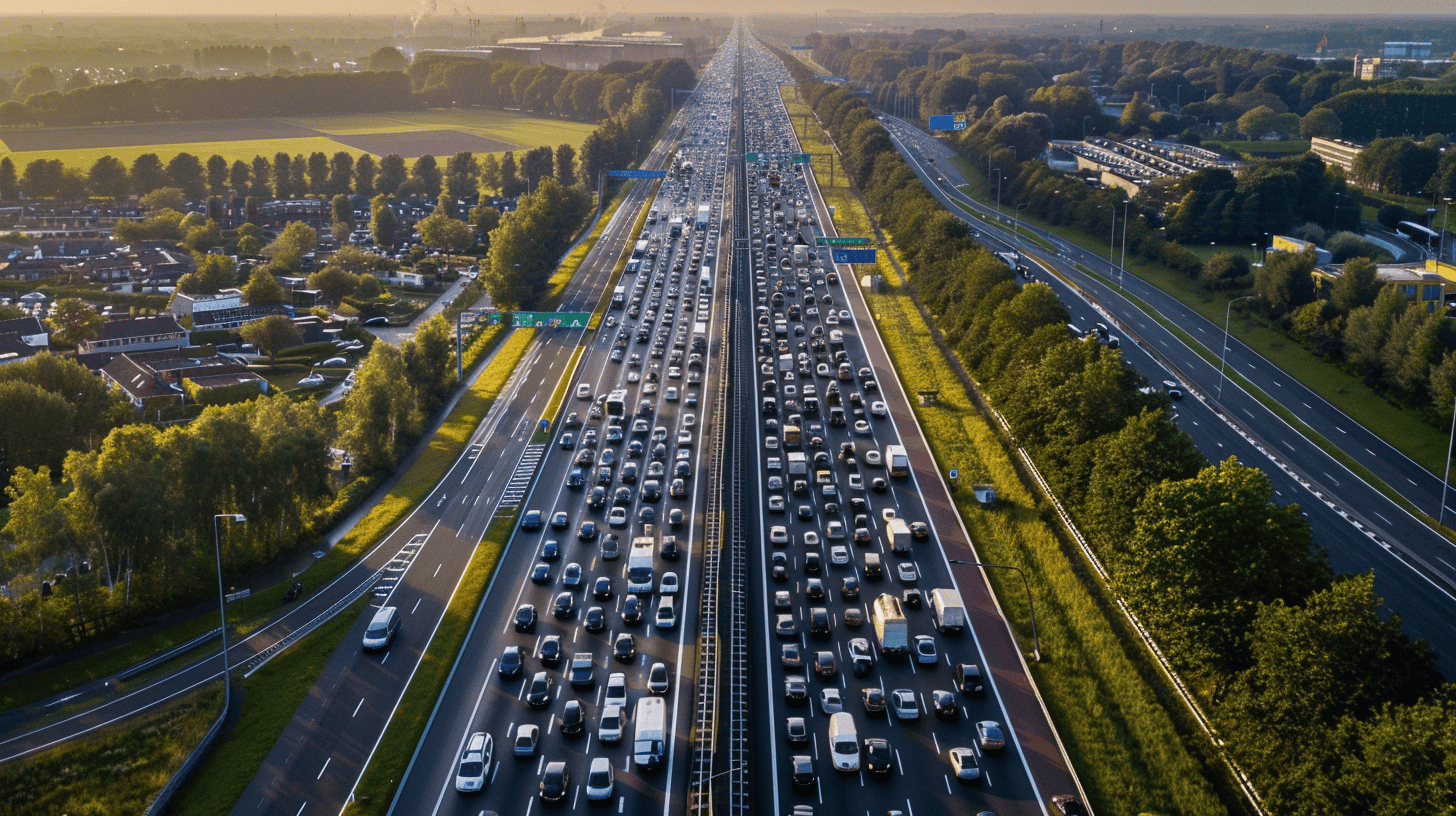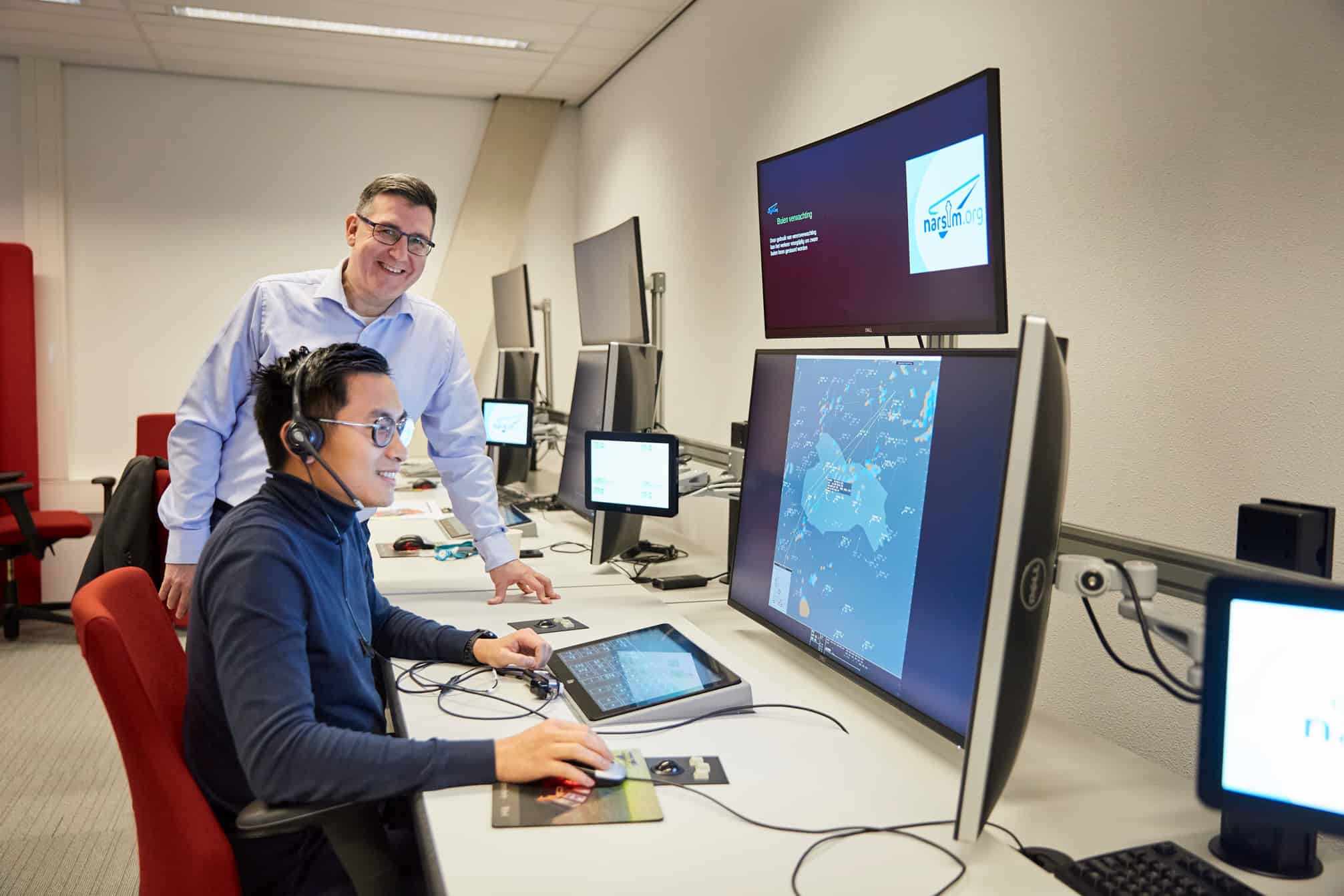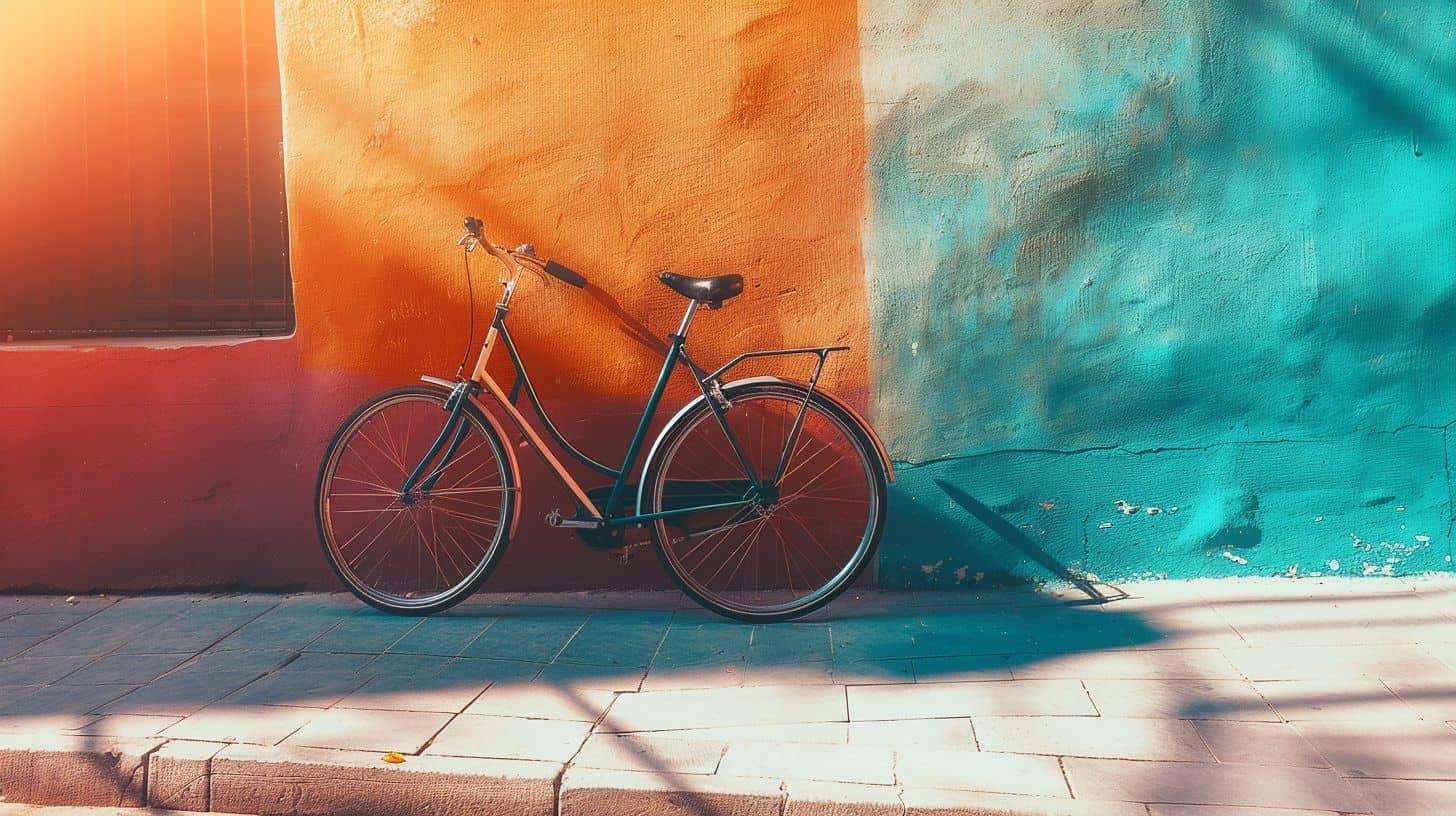
Some days, even in times of COVID-19, the world seems to be one huge traffic jam. Everybody wants to be somewhere at the same time, with the same means of transport. The result: congestion everywhere, lots of frustration and higher costs. Turnn wants to change that for the better – with an app that combines the advantages of public transport with shared personal mobility means like cars, scooters and bicycles.
For a user, the app promises the certainty of fast and comfortable transport, with all the necessary means of mobility, and easily paid for afterward. With the combined mobility offer, the ideal of Mobility-as-a-Service could become accessible to large groups of people. The app will first be piloted in the Brainport Eindhoven region. After a successful introduction, the idea is to roll it out further. Initiator Dirk Grevink, Turnn’s CEO, says he saw similar initiatives elsewhere in Europe, “but in the Netherlands we are ahead of the curve in this development”.
According to Grevink, this has everything to do with the circumstances, in which, for example, data from the national Public Transport chip card, Amber’s shared cars and Go Sharing can be brought together in one comprehensive dashboard.
Employees of ASML and the municipality of Eindhoven are the first active users of the app; together with Brainport Development, they are the primary partners in the pilot. But if it were up to them, there will soon be more. “Swan-clutching,” is what Brainport Development director Paul van Nunen calls it. “We play the role of the auxiliary engine by convincing more and more parties to join.” Yanick Cyr, Global Head of Real Estate and Facility Management at ASML, also sees this role for himself: “It is a joint problem, we can only solve this together. I am pleased that we can already participate in this, both with our own employees and by enticing other large employers to do the same.”
Eindhoven alderman Monique List (mobility) is proud that the pilot is taking place in her city. “Our region is growing rapidly, putting accessibility under pressure. This is an innovative city, it’s great that we are showing the solutions for this to the world. I am also proud that we as a municipality, together with ASML, can actually participate and set a good example.”
Behavioral change
Although the solution used is a technical tour de force, Grevink expects its success to depend primarily on the extent to which users will be able to actually change their behavior. “We are creatures of habit and this requires change; we will therefore have to set a good example with many people so that others will also ask to be allowed to participate.”
Grevink does think the time is right. “Turnn fits in perfectly with the movement that you can already see: less CO2 consumption, a lease car is no longer a given, the tax authorities will look differently at the reimbursement of commuting expenses; these are all aspects that can support a choice for Turnn.”
Although the goals reach much further, Grevink is for the time being focusing primarily on the Eindhoven region. “We are going step by step. In this phase, we will mainly continue to develop with the feedback from the first users. Only when it all works as it should, will we scale up further.” Grevink expects to have around 25,000 active users by the end of 2022.









